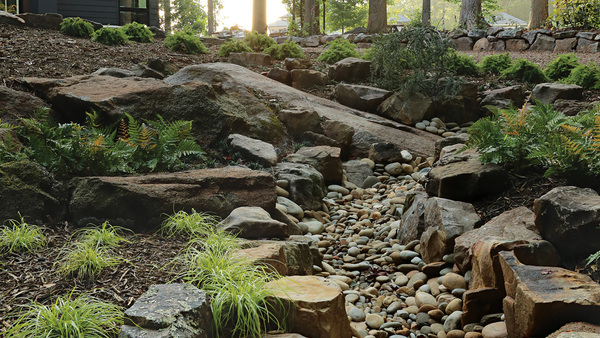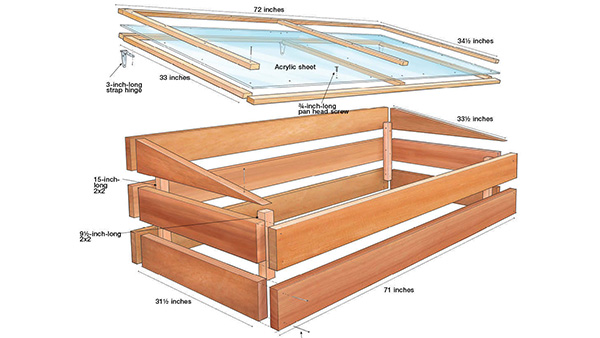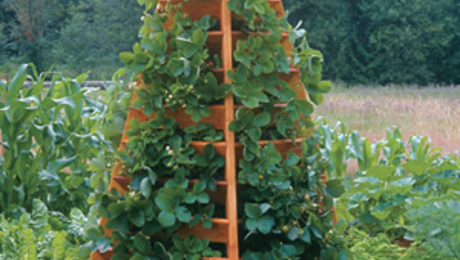Terrariums are a beautiful accent to a home’s decor. They can be closed or open, but either design utilizes similar principles. A closed terrarium is lovely in its own right, but an open terrarium allows plants to grow up and out of their enclosure. In an open terrarium, plants offer aesthetic beauty and can also help to purify inside air. See how to build a terrarium in this stop motion video, a web extra from the article “A Fresh Take on Terrariums” by Kimberly Charles, from Fine Gardening issue #161.
Early terrariums were built in closed containers. They showcased rare plant specimens, protecting them from Victorian England’s chilly, polluted air. But today’s designs need not be stuffy echoes of a bygone era.
For a chic, contemporary look, try grouping gorgeous plants in an open glass container. Imagine the possibilities: tall, dramatic plants bursting above the rim; flowers or fronds spilling out the front; or an orchid’s arching stem rising within a slender cylinder. Almost any vase, jar, bowl, or basin could be called into service to hold an enchanting indoor display. Open-topped terrariums are simple to assemble. Read more.
How to Build a Terrarium
Learn how to build a terrarium with this step-by-step guide.
Materials Needed and Process
Even with an open top, a terrarium isn’t just a plant in a glass pot. Here’s what it’s made of:
1. Stone foundation. Use stones of different colors, sizes, and textures for a decorative base layer. You never want standing water at the bottom of your container, so keep an eye on the stone layer to make sure that you’re not overwatering.
2. Bed of moss. A layer of sphagnum moss is an attractive way to absorb excess moisture and keep soil from sifting down into the stones.
3. Special soil mix. Use equal parts light, organic potting soil and horticultural charcoal. This will help keep your container healthy and sweet smelling. Horticultural charcoal is sold in garden-supply stores, but in a pinch, aquarium-filter charcoal will work just fine.
4. The main attraction. Positioning a large focal-point plant toward the back or off to one side establishes its prominence. Companion plants should complement your “thriller” in size, color, and texture.
5. Moss mulch. Dress up exposed soil with a layer of mixed mosses.
6. Found objects. For a finishing touch, add small natural treasures, such as fallen branches, driftwood, acorns, birch-bark curls, or river rocks.
See some lovely terrarium inspiration in this submission to the Garden Photo of the Day.

















Comments
This is so cool!
Log in or create an account to post a comment.
Sign up Log in